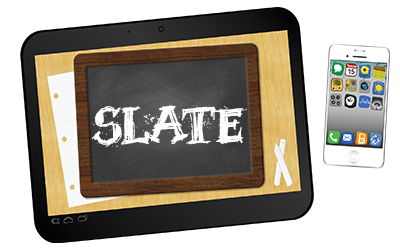After 20 years of teaching at Brookfield Central, I am saying goodbye. Although I spent the majority of that time in the physics classroom alongside my learners. That changed for my last 18 weeks. I ended up in a place similar to where I started, teaching chemistry and biology. So, rather than dealing with juniors and seniors at the end of their high school careers, I was in classrooms with freshmen and sophomores still trying to find their place. At the same time, I was learning and teaching a set curriculum I hadn't taught in over a decade. So, we were learning. But, of course, I already knew the content. The point of this post is to take a step back, reflect, and share the gratitude from the last students I had in my 20 years at Brookfield Central High School, as expressed through the cards and notes they made for me on my last day with them. I don't take many "yay me" moments. But after 20 years, I'll soak this one in.
I'm proud to be representing Brookfield Central High School and Elmbrook Schools today at School Leaders Advancing Technology in Education (SLATE) Conference. This is my first year attending, so it's an honor to be able to present as well.
The focus of the presentation is on student choice in assessment. By that, I mean choice in how a student will demonstrate mastery of standards (both content and non-content specific). The presentation focuses on the why, what, and how of allowing choice. It is my belief that before we can have any discussion of what the choices will or should be, educators need a firm rationale for the importance of choice or why it is needed in their classroom. The next step is to determine the what. The "what" in our case are the standards students should be meeting. Only then are we prepared to discuss the how. This concrete definition of mastery is especially important if a lot of the choice in "how" will be left up to the students and their specific learning preferences. Below you'll find the presentation I'll be a part of today.
The focus of the presentation is on student choice in assessment. By that, I mean choice in how a student will demonstrate mastery of standards (both content and non-content specific). The presentation focuses on the why, what, and how of allowing choice. It is my belief that before we can have any discussion of what the choices will or should be, educators need a firm rationale for the importance of choice or why it is needed in their classroom. The next step is to determine the what. The "what" in our case are the standards students should be meeting. Only then are we prepared to discuss the how. This concrete definition of mastery is especially important if a lot of the choice in "how" will be left up to the students and their specific learning preferences. Below you'll find the presentation I'll be a part of today.


Comments
Post a Comment